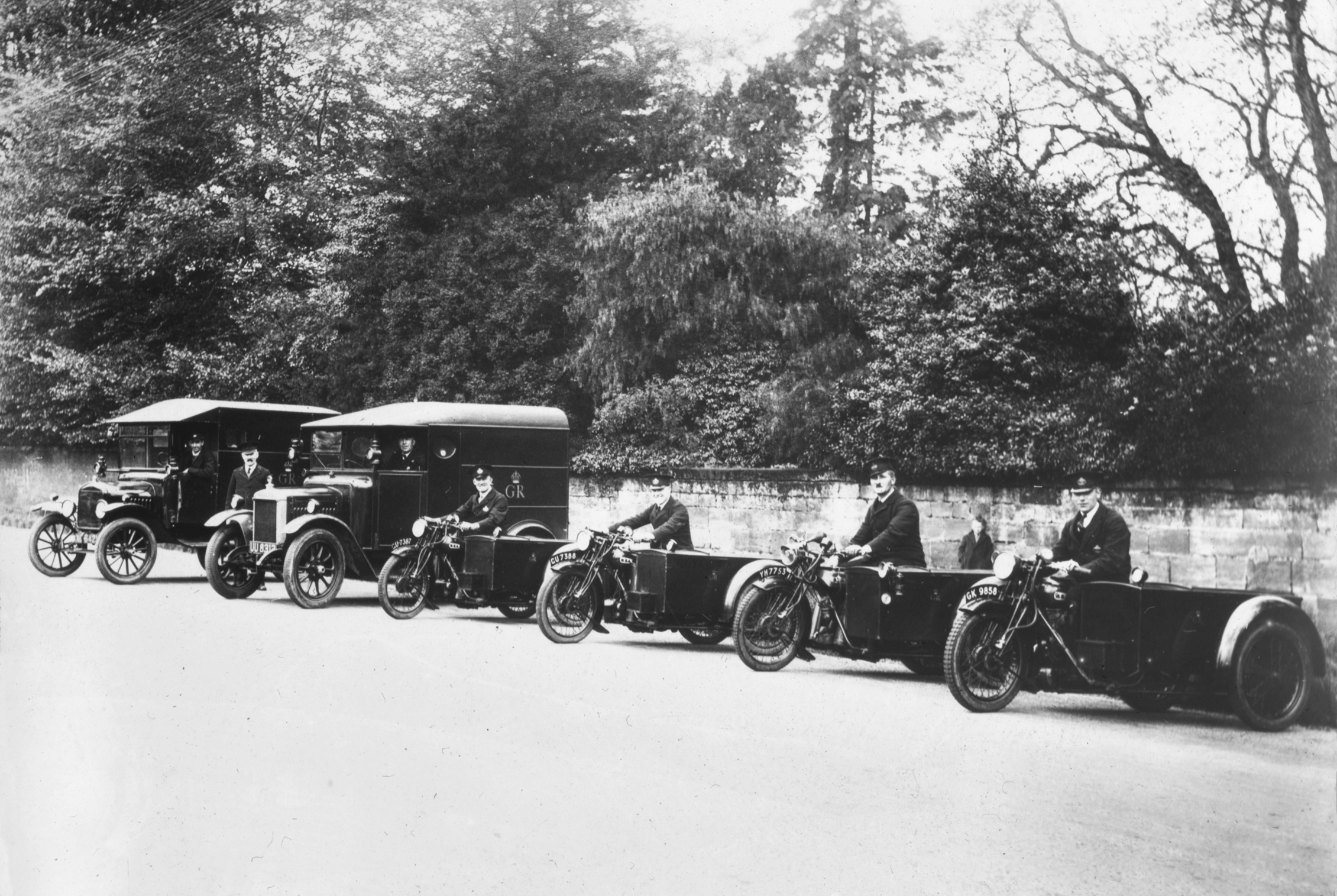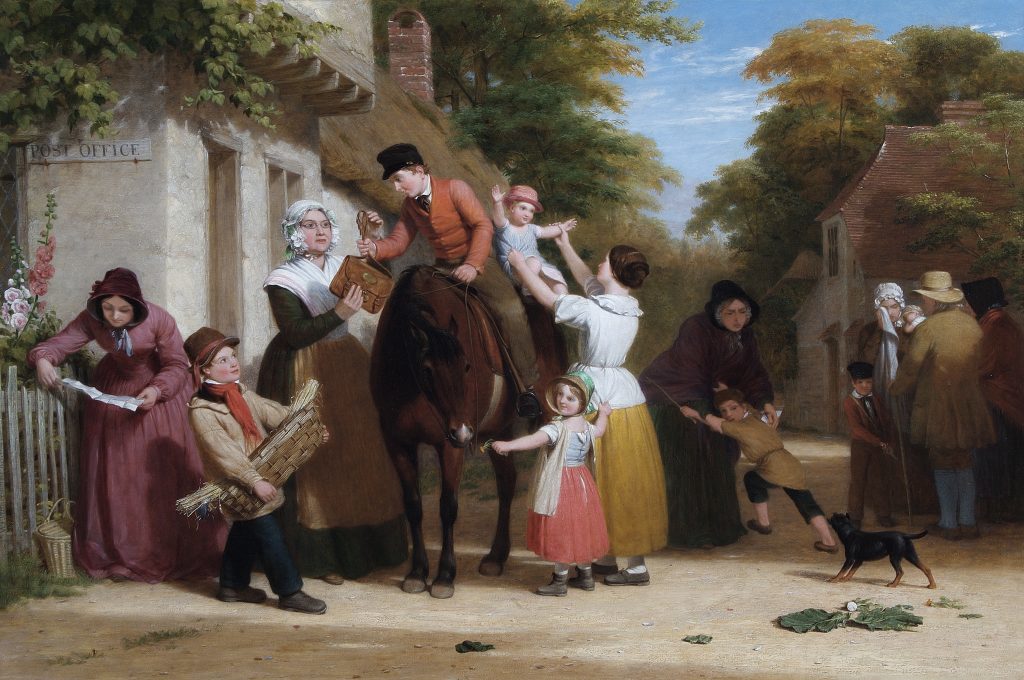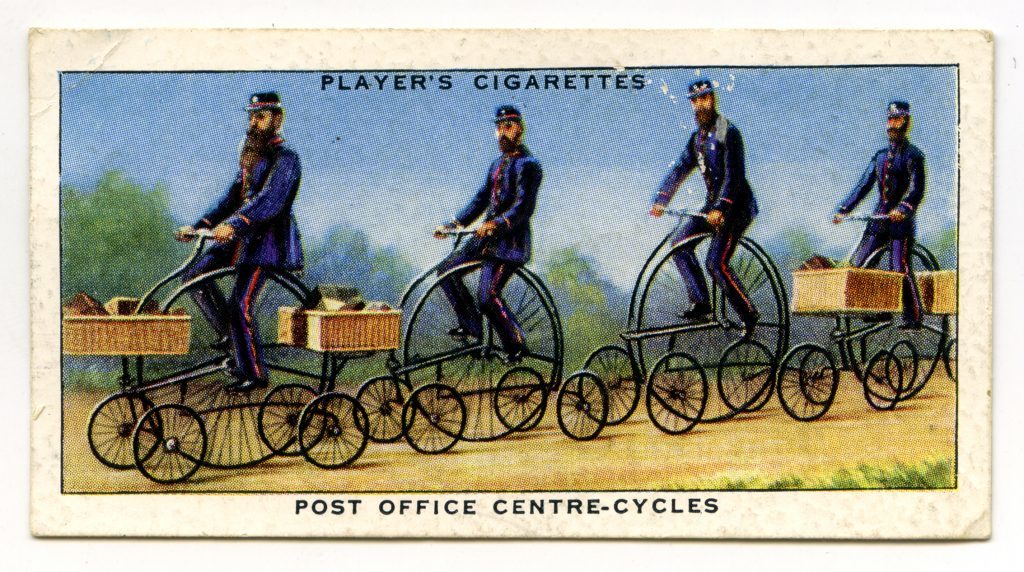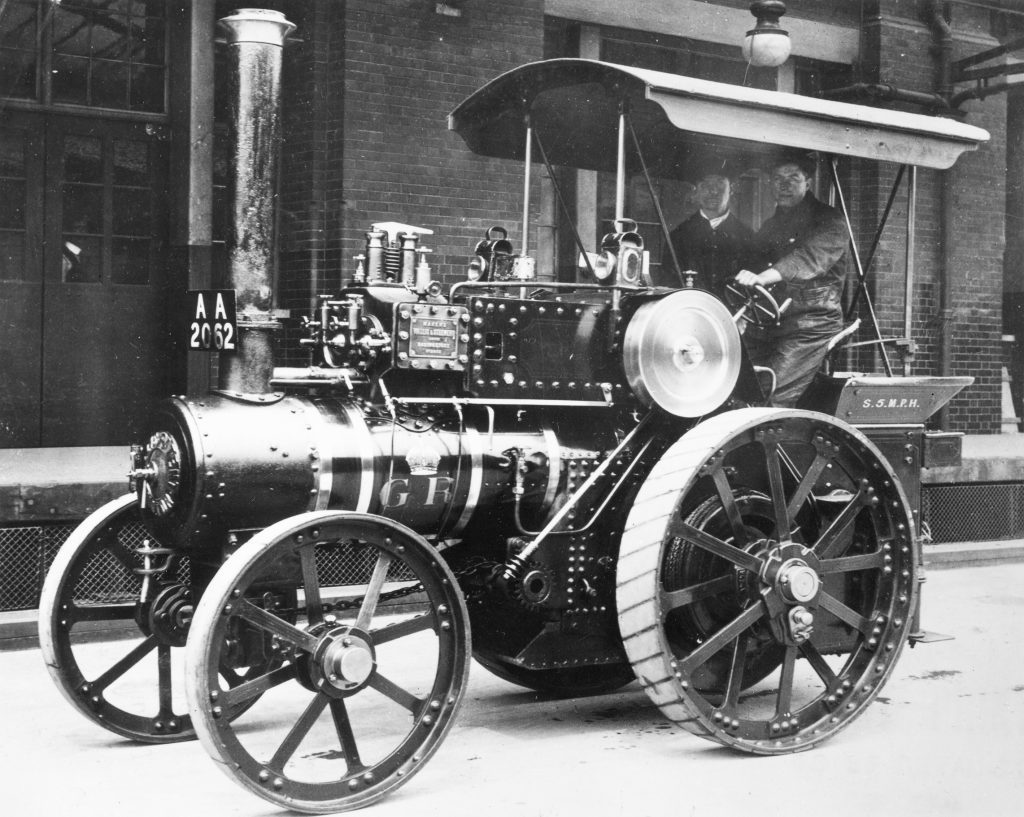
THE red post vans of the Royal Mail are a familiar sight on our streets.
And this year marks 120 years since the first motorised vehicles were used to deliver our mail.
The way our post has been delivered has changed dramatically over the years with new transport and technology speeding up the process.
Rewind 500 years to the beginning of the postal service and horses were the most commonly used method.
Back then, each town was instructed to have three horses available to transport packets of royal letters and to bring back news from the Royal court.
The horses were kept in a stable referred to as a post, which is where the term we often use for our mail system originates.
By 1784, the postal service was the country’s key method of communication and horse drawn coaches were introduced between major cities.
The coaches averaged 7 to 8 miles per hour in summer and 5 miles per hour in winter with fresh horses supplied every 10 to 15 miles.
The speed of the coaches meant that the 400 mile journey time from London to Edinburgh was completed in about 60 hours compared to 96 hours by just one man and his horse.
Railways were also used from the early 19th century up until 2004, but it was in 1897 that the first motorised transport solution was devised.
Experiments began to work out which type of engine would be best to power a potential delivery vehicle, with steam, electric and ‘oil driven’ motors all tested.
By 1904, Royal Mail had purchased a second-hand traction engine and, three years later, the first motor vehicle entered service.
The two and a half tonne lorry operated for 18 years and covered over 300,000 miles.
Today, Royal Mail operates over 47,000 vehicles – the largest fleet in the country.
This ranges small vans for daily mail deliveries to double deck articulated lorries.
More recent technological developments include the introduction of in-cab driver behaviour technology and a small-scale trial of electric vehicles.
To commemorate the anniversary, Royal Mail has launched a special online gallery which showcases how mail has been delivered for five centuries. The gallery can be found here.

Enjoy the convenience of having The Sunday Post delivered as a digital ePaper straight to your smartphone, tablet or computer.
Subscribe for only £5.49 a month and enjoy all the benefits of the printed paper as a digital replica.
Subscribe

